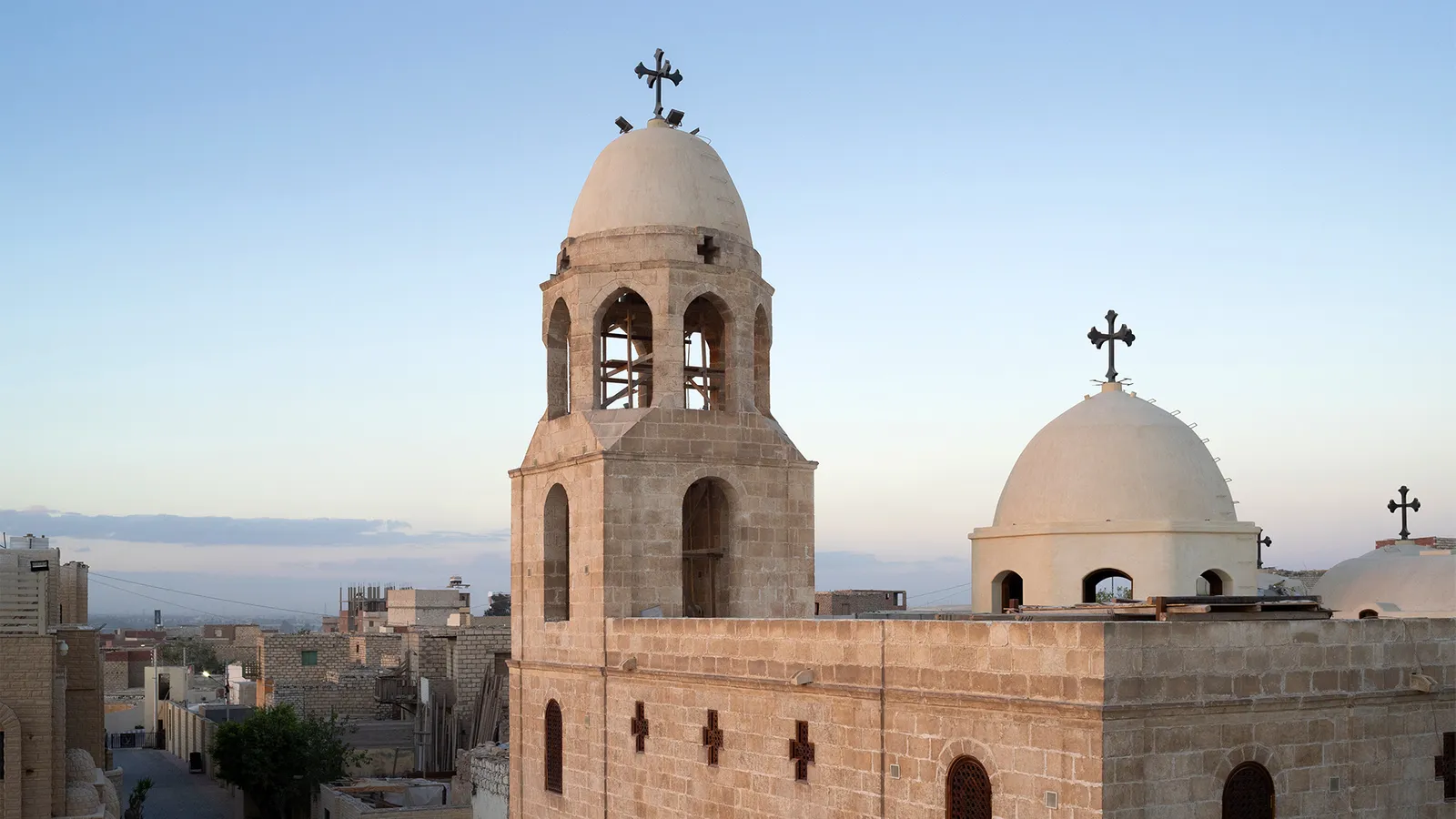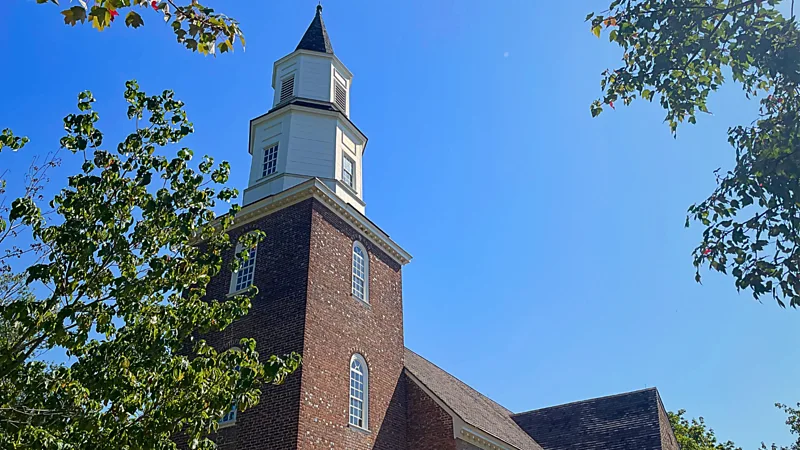Holy Family Trail: A new path through Egypt's holiest sites
Recently, Egypt's Ministry of Tourism & Antiquity has launched the Holy Family Trail, stringing together some 25 stops along the celebrated route of Jesus, Mary and Joseph.

The approach to Egypt's Church of the Blessed Virgin atop Jabal al-Tayr (the Mountain of Birds), roughly 250km south of Cairo, once involved a perilous, vertical climb up a cliff rising straight from the Nile followed by a series of steep, rock-hewn steps. The handful of explorers to scale the mountain were intrigued by its mystical history. For centuries, the location – its current custodians explained to me – has produced untold miracles, even down to this day.
My recent approach to the church was much smoother – in an air-conditioned car along a well-surfaced road. Heading south along the Nile's east bank past a chiselled, white landscape of quarries dating back to the pharaohs, Coptic Christian graves began to appear as I came closer to Jabal al-Tayr's sacred core: a cave underneath the church. It's here that the Holy Family – Jesus, Mary and Joseph – is thought to have rested after fleeing Bethlehem to escape King Herod's wrath.
As recorded in the Bible's Gospel of Matthew, the king had decreed the death of all Bethlehem's baby boys, but an angel had appeared to Joseph in a dream, telling him to "take the young child and his mother and flee into Egypt". According to Matthew, the trio obeyed this instruction and departed the very next night.
According to Coptic Christian tradition, based on alleged holy visions and local lore, the family would spend the next three-and-a-half years on the move, from Bethlehem to Egypt's Nile Delta then tracing the river as far south as Upper Egypt. Marked with many dozens of miracles, their momentous, round-trip journey racked up more than 3,000km.
When I arrived at the Church of the Blessed Virgin, it was ringed by a small iron fence like a prized museum display and its walls were freshly plastered.
Hoping to bolster "spiritual tourism" and spotlight the country's Christian claim to fame, Egypt's Ministry of Tourism & Antiquity has launched the Holy Family Trail, which maps out some 25 stops along the celebrated route and comprises some of the country's oldest houses of worship, of which the Church of the Blessed Virgin – and the sacred cave it was built to contain – is just one. In partnership with the various dioceses and other foundations – it has also been attempting to renovate these holy sites, enhancing them with landscaping, lighting and signage; improving the access roads; and developing accommodations along the route.
With some changes substantial and others merely cosmetic, the Ministry's vision is far from complete. Nevertheless, word of the Holy Family Trail is trickling out. In October 2022, I set out to trace its southward route, starting from the Nile Delta, to Cairo, and then finally into Upper Egypt where the Church of the Blessed Virgin is located.
The Nile Delta
After following Egypt's Mediterranean coast from the city of Rafah to the classical port of Pelusium, the Holy Family's route cuts south towards Cairo through the ancient city of Bubastis. Here, according to Coptic Christian lore, the baby Jesus' arrival caused the temples' foundations to shake, echoing what Isaiah prophesised in the Old Testament when he said, "The idols of Egypt will tremble at his presence."
When fleeing from the locals' fury, Jesus then caused a spring to burst forth to quench the trio's thirst. A well believed to have been built on the site of the spring is now ringed with a fence to keep pilgrims from drinking its water. The family received a warmer welcome on the outskirts of modern Cairo in Mostorod, a town now swallowed by the city's sprawl. I stopped at the 12th-Century church that was built to enclose al-Mahamah (the place of bathing), another well from which the family is thought to have drunk and washed. It was encircled by worshippers, some writing prayerful notes to be stuffed into a nearby sacred grotto.
The route then swerves to the north before crossing the westernmost fork of the Nile. I caught up with the family's trail on the fringes of the desert in Wadi El Natrun, a valley where Jesus called forth yet another miraculous spring. Beginning in the early 4th Century, thousands of aspiring hermits would settle along its length. At three of the four surviving monasteries, renovations are now complete, including the careful uncovering of Al-Sourian monastery's stunning medieval frescoes of Jesus' life.
Cairo
After fanning the Delta, the trail circles back to the outskirts of Cairo at Shagaret Maryam (Mary's Tree), a twisted old sycamore said to have offered the Holy Family shade. Entering the complex containing the tree, I found another well from which the family is thought to have drunk, freshly coated in plaster, just steps from an inaugural plaque that was installed within the last week. Further along, the old trunk stood propped by supports beside a low picket fence erected to guard against pilgrims' temptation to peel its bark or pluck its leaves as souvenirs.
-bbc news







